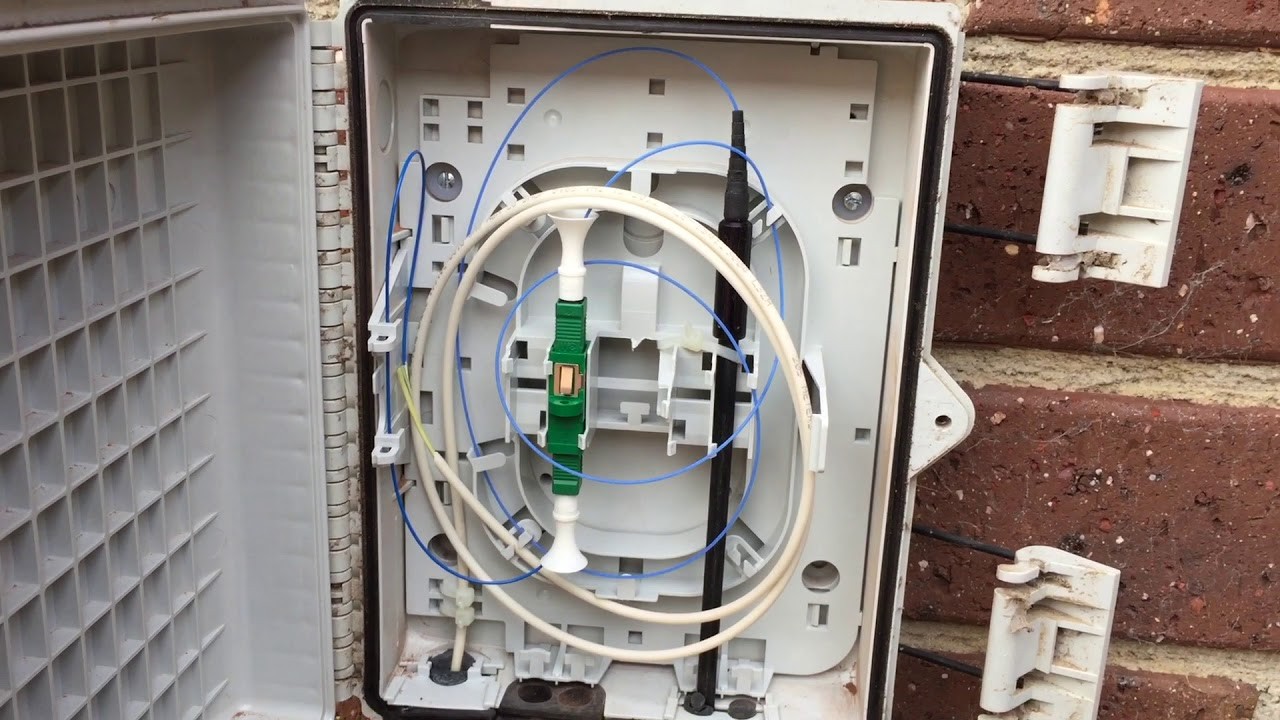Fibre to the Premises (FTTP) is a technology that allows you to send and receive internet signals over optical fibre.
What is FTTP?
Fibre-to-the-Premises (FTTP) is a type of broadband connection that uses optical fibre cables to deliver high-speed internet to your home or business. The ‘to’ in FTTP means it takes the signal from the exchange or telephone pole to your premise.
How does it work?
The optical fibres are laid underground or overhead in bundles of cables called ducts. At each house, the cable is connected directly into a nearby cabinet, which provides the power and equipment needed to send data back and forth along the length of the cable. This means you don’t need any special equipment at home – just an NBN box on your wall – which makes installation very easy!
Fibre to the Premises (FTTP) is a broadband technology that uses fibre optic cables to deliver high-speed internet to homes and businesses.
Fibre optic cables can carry much more data than traditional copper cable, hence the increased speed. In order to make use of these speeds, you will need a device called an Optical Network Terminal (ONT), which converts your signal from light pulses into electronic signals that can be transmitted via your internet connection. The ONT is then connected to a router, which sends and receives data packets over the internet.
You may have heard of FTTH (Fibre To The Home). This is a similar idea but refers specifically to fibre optic cabling that runs directly into your house or apartment. FTTH services are available in some countries but are not widespread yet.
FTTP offers higher speeds than other broadband technologies such as ADSL2+, ADSL2+ VDSL and HFC networks for example. However, it is also more expensive due to the infrastructure required and installation costs associated with laying down new cables from the exchange or cabinet to your home or business premises.
The advantages of FTTP include:
Speed – The fastest available speed on FTTP is 1Gbps download and upload. FTTN is limited to 100Mbps download and 40Mbps upload.
Reliability – Fibre has greater bandwidth capacity than copper, which means it can carry more data at greater speeds for longer distances before needing upgrading. Fibre also doesn’t suffer from electromagnetic interference like copper does, so there are fewer problems with line interference or signal degradation over distance.
Security – There are no eavesdroppers on fibre networks because they aren’t susceptible to electromagnetic interference from other electrical devices such as power lines and microwaves like copper cables are, making them almost impossible for hackers or spies to intercept information transmitted through them without being detected.
Read more here about Fibre to the Premises (FTTP).


